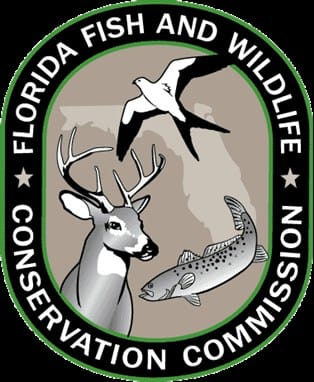Florida WC Approves Ordinance for Anchoring/Mooring Pilot Program in Monroe County

Meeting Wednesday in Tampa, the Florida Fish and Wildlife Conservation Commission (FWC) approved, with one contingency, Monroe County’s proposed ordinance for the anchoring and mooring pilot program coordinated by the FWC.
The ordinance is in response to the Florida Statute allowing a specific number of local governments to adopt regulations on anchoring and mooring vessels in their jurisdiction. This pilot program provides an opportunity for the FWC and the Florida Legislature to evaluate the subject more fully.
“The goal of the anchoring and mooring pilot program is to explore potential options for regulating the anchoring or mooring of non-live-aboard vessels outside the boundaries of public mooring fields,” said Maj. Jack Daugherty, leader of the FWC’s Boating and Waterways Section. “The FWC’s role is to provide consultation and technical assistance on the issues.”
Local governments for the five communities participating in the pilot program are responsible for soliciting public input and adopting local ordinances within their jurisdictions. These ordinances must be approved by the FWC and will continue to be evaluated by the FWC and the Legislature. FWC staff members have been attending the sites’ public-input meetings to provide information on the pilot program. Three meetings were held in Monroe County on the topic.
“Monroe County’s ordinance provides for some specific areas designated as ‘managed anchoring zones’ and ‘no-anchoring buffer zones,’” Daugherty said.
The managed anchoring zones, including Boca Chica Basin, Sunset Cove, Key West Harbor, Cow Key Channel and Boot Key Harbor, are areas in which vessels need to meet certain requirements – including proof they have been pumped out – and do not present certain characteristics: specifically, being derelict or pre-derelict vessels.
“These requirements are designed to protect the marine environment, enhance navigational safety and deter improperly stored, abandoned or derelict vessels,” Daugherty said.
The “no-anchoring buffer zones,” including Boca Chica Basin, Boot Key Harbor and Seaplane Basin, are areas outside of and immediately adjacent to permitted public mooring fields. There, no anchoring or mooring of any kind is permitted.
“There are exceptions for certain vessels and activities,” Daugherty said, “like commercial vessels, military operations, vessels anchored temporarily for fishing or other recreational activities and in case of an emergency.”
Commissioners discussed the ordinance, asked questions and heard public comment, ultimately approving it with the contingency that the Sunset Cove-managed anchorage zone provision be removed.
With this approval, the county can adopt the ordinance to make it effective. All ordinances adopted under the pilot program expire on July 1, 2014, unless re-enacted by the Legislature.
Public meetings also have been held in the other four participant sites: Sarasota; Stuart, in coordination with Martin County; St. Petersburg; and St. Augustine. The ordinances for St. Augustine, St. Petersburg and Sarasota have already been approved, and the developing ordinances from the remaining area will be presented at future Commission meetings.

